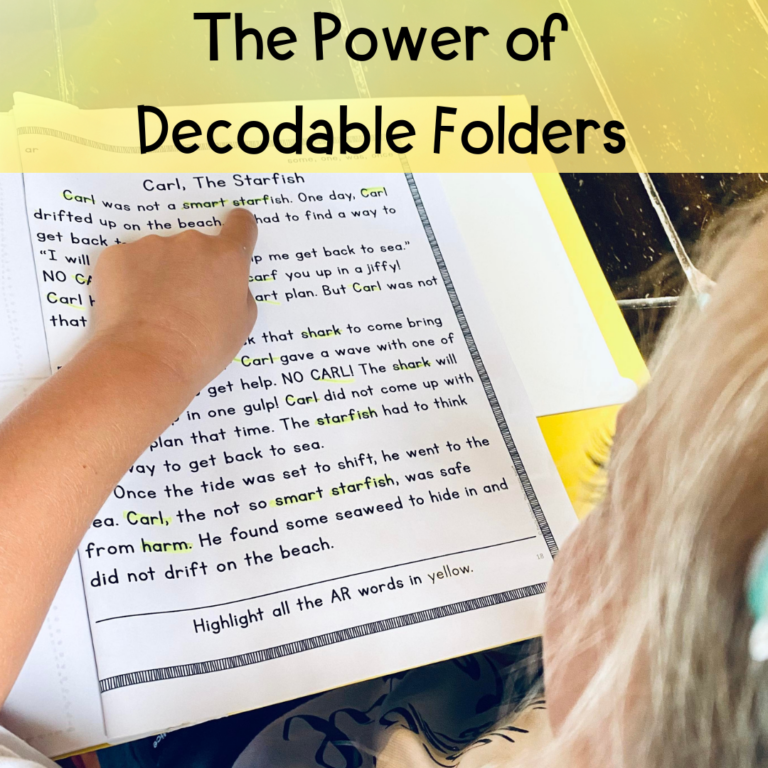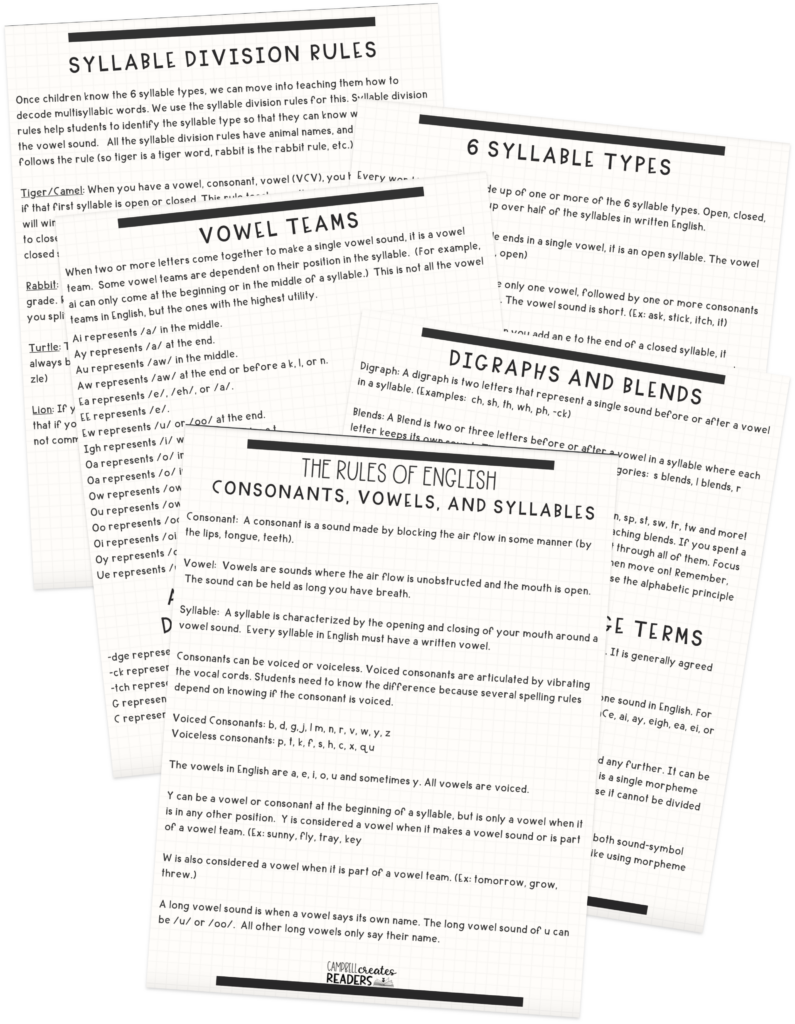
Share This:
Look, I know that everyone doesn’t love AI. And I’m not just talking about its inability to correctly portray fingers. But, I don’t think it is going away. And if we can use it ethically to make our lives easier, I think we need to.
If you’re reading this and you’re a teacher, I know how precious your time is. Why don’t we give ourselves a chance to make things easier for us?
Today, I’m sharing AI prompts you can use to help make the planning and delivery of your instruction easier.
I use ChatGPT, and it has been a life-saver in terms of helping me find lists for instruction, understand complex topics, and come up with new ideas for things to do with my students.
A lot of these prompts give specific skills/activities. Feel free to change them up with whatever skills you are working on in your classroom. Blank lines are used to indicate that you should type in whatever specific skill you are working on!





Important Note: If you have digital access to a text, you can copy/paste the text into ChatGPT.

If you’ve made it this far, you deserve to know that AI wrote most of these prompts. I told you it was clever.
Share This:

Savannah Campbell is a K-5 reading specialist. She has taught her entire 12-year teaching career at the school she went to as a child. She holds two master’s degrees in education from the College of William and Mary. Savannah is both Orton-Gillingham and LETRS trained. Her greatest hope in life is to allow all children to live the life they want by helping them to become literate individuals.

Savannah Campbell is a K-5 reading specialist. She has taught her entire 12-year teaching career at the school she went to as a child. She holds two master’s degrees in education from the College of William and Mary. Savannah is both Orton-Gillingham and LETRS trained. Her greatest hope in life is to allow all children to live the life they want by helping them to become literate individuals.
Feeling overwhelmed with all the terminology out there? Want to know the key terms all teachers need to teach phonics? In this FREE Rules of English cheat sheet, you get a 5 page pdf that takes you through the most important terms for understanding English—you’ll learn about digraphs, blends, syllable types, syllable divisions, and move. Grab today and take the stress out of your phonics prep!
